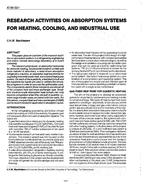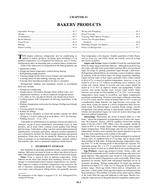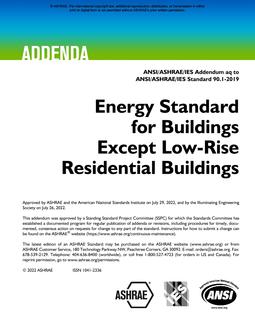Since their development starting in the late 1970s, computer simulations have become accepted as the most detailed way to calculate the dynamic behavior and energy use of a building over an entire year. Their use in a large developing country such as China, however, has been hampered by the absence of detailed hourly weather data. For computer simulations, the weather data must have hourly records of at least temperature, humidity, wind speed, and both direct and total solar radiation. Furthermore, to avoid the random variations in weather from year to year, the weather data should be for a hypothetical typical year, rather than an actual year of record.
In support of the development of residential building energy standards for the Hot Summer/Cold Winter region in central China,the authors have recently developed typical meteorological year (TMY) weather data for 28 Chinese locations that will eventually be expanded to 69. These TMY weather data have been produced from 16 years of historical weather (1982-1997) reported by Chinese airports and obtained from the U.S. Climatic Data Center (NCDC). Since the weather data record only cloud conditions at various heights, a substantial effort was made toward estimating the total and direct solar radiation from the cloud information, combined with information on temperature, humidity, and wind speed. Comparisons of the estimated solar to measured hourly solar radiation for two locations resulted in an R2 of 0.87, while comparisons of annual global and diffuse solar radiation for nine locations showed standard deviations f 5% and 12%, respectively.
The creation of the artificial TMY uses a similar methodology to that used for the United States TMY data, with a four-step process to select the most representative month from the 16 available historical months. The 12 representative months were then combined to form the Typical Meteorological Year for each city. These Chinese TMY weather files will be made public on a CD as part of a technical document to be published in Japan in 2002.
Units: SI
Citation: Symposium, ASHRAE Transactions, vol. 108, pt. 2
Product Details
- Published:
- 2002
- Number of Pages:
- 13
- File Size:
- 1 file , 4.9 MB
- Product Code(s):
- D-8943


